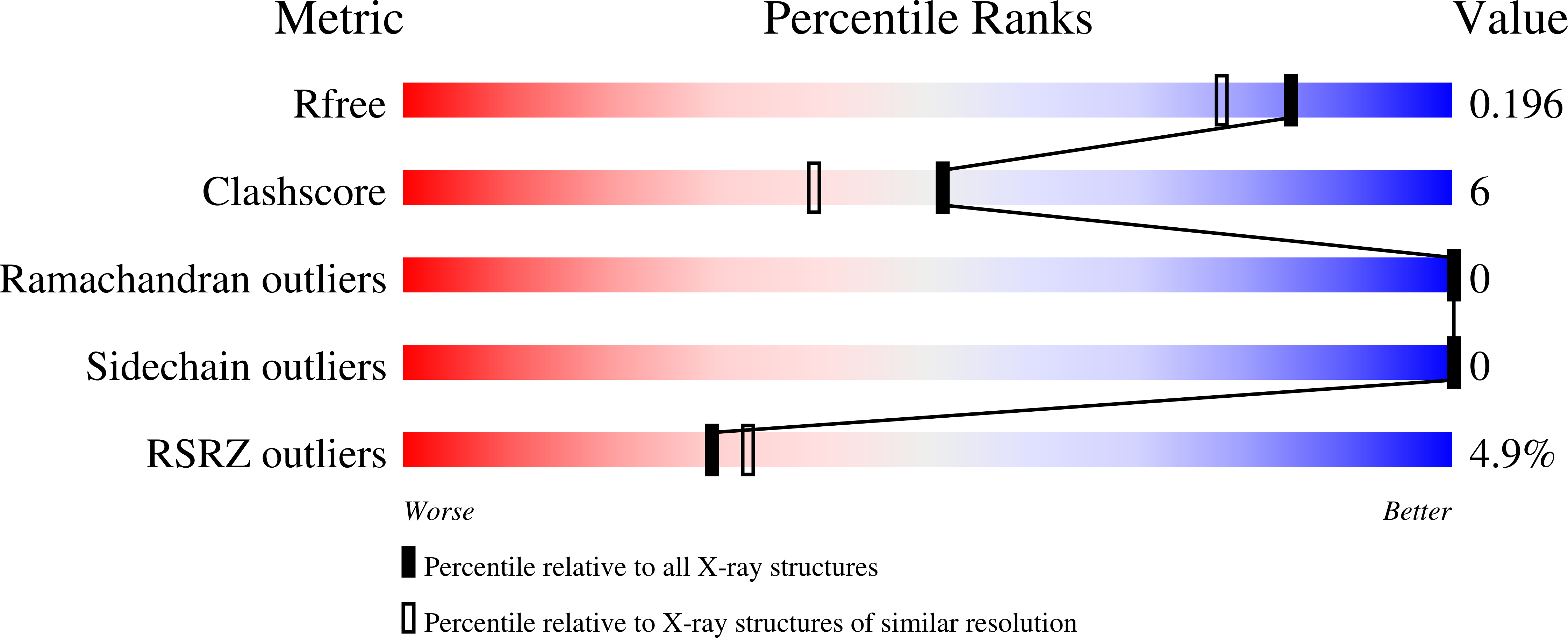
Deposition Date
2020-04-08
Release Date
2021-04-14
Last Version Date
2024-05-22
Method Details:
Experimental Method:
Resolution:
1.70 Å
R-Value Free:
0.19
R-Value Work:
0.16
R-Value Observed:
0.16
Space Group:
P 21 21 21


